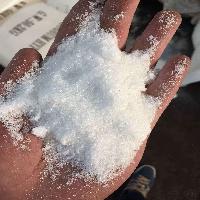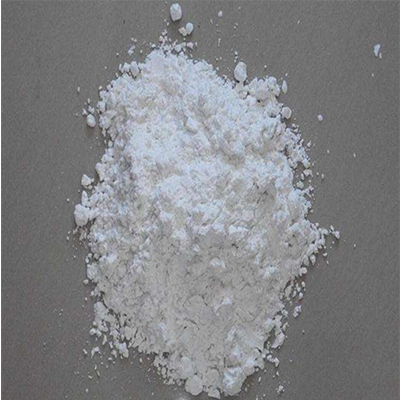-
Categories
-
Pharmaceutical Intermediates
-
Active Pharmaceutical Ingredients
-
Food Additives
- Industrial Coatings
- Agrochemicals
- Dyes and Pigments
- Surfactant
- Flavors and Fragrances
- Chemical Reagents
- Catalyst and Auxiliary
- Natural Products
- Inorganic Chemistry
-
Organic Chemistry
-
Biochemical Engineering
- Analytical Chemistry
-
Cosmetic Ingredient
- Water Treatment Chemical
-
Pharmaceutical Intermediates
Promotion
ECHEMI Mall
Wholesale
Weekly Price
Exhibition
News
-
Trade Service
12H-Dibenzo[d,g][1,3,2]dioxaphosphocin, 2,4,8,10-tetrakis(1,1-dimethylethyl)-6-hydroxy-, 6-oxide, sodium salt (1:1) is a chemical compound that is commonly used in various industrial processes.
As with any chemical, it is important to understand the potential safety risks associated with handling and using this substance.
The first step in evaluating the safety of a chemical is to determine its potential hazards.
This involves examining the chemical's physical and chemical properties, as well as its toxicity and flammability.
Based on these factors, the chemical is assigned a hazard rating, which helps to determine the appropriate safety precautions that should be taken when handling it.
One of the primary hazards associated with 12H-Dibenzo[d,g][1,3,2]dioxaphosphocin, 2,4,8,10-tetrakis(1,1-dimethylethyl)-6-hydroxy-, 6-oxide, sodium salt (1:1) is its potential to cause skin irritation.
The chemical is classified as a skin irritant, which means that it can cause redness, itching, and other skin irritation symptoms when it comes into contact with the skin.
Prolonged exposure to the chemical can also cause more severe skin problems, such as dermatitis.
In addition to its potential to cause skin irritation, 12H-Dibenzo[d,g][1,3,2]dioxaphosphocin, 2,4,8,10-tetrakis(1,1-dimethylethyl)-6-hydroxy-, 6-oxide, sodium salt (1:1) is also considered to be a potential eye irritant.
The chemical can cause irritation to the eyes, including redness, swelling, and tearing.
Prolonged exposure to the chemical can also cause more severe eye problems, such as conjunctivitis.
Another potential hazard associated with 12H-Dibenzo[d,g][1,3,2]dioxaphosphocin, 2,4,8,10-tetrakis(1,1-dimethylethyl)-6-hydroxy-, 6-oxide, sodium salt (1:1) is its potential to cause respiratory problems.
The chemical can be inhaled when it is in the air, and it can cause irritation to the respiratory system.
Prolonged exposure to the chemical can also cause more severe respiratory problems, such as bronchitis.
The potential hazards associated with 12H-Dibenzo[d,g][1,3,2]dioxaphosphocin, 2,4,8,10-tetrakis(1,1-dimethylethyl)-6-hydroxy-, 6-oxide, sodium salt (1:1) also include its potential to cause cancer.
The chemical has been classified as a possible human carcinogen, which means that it has the potential to cause cancer in humans.
The exact level of risk is not known, but it is considered to be low.
To minimize the potential risks associated with 12H-Dibenzo[d,g][1,3,2]dioxaphosphocin, 2,4,8,10-tetrakis(1,1-dimethylethyl)-6-hydroxy-, 6-oxide, sodium salt (1:1), it is important to follow all safety precautions and guidelines when handling the chemical.
This includes wearing appropriate personal protective equipment, such as gloves and safety glasses, and working in a well-ventil







